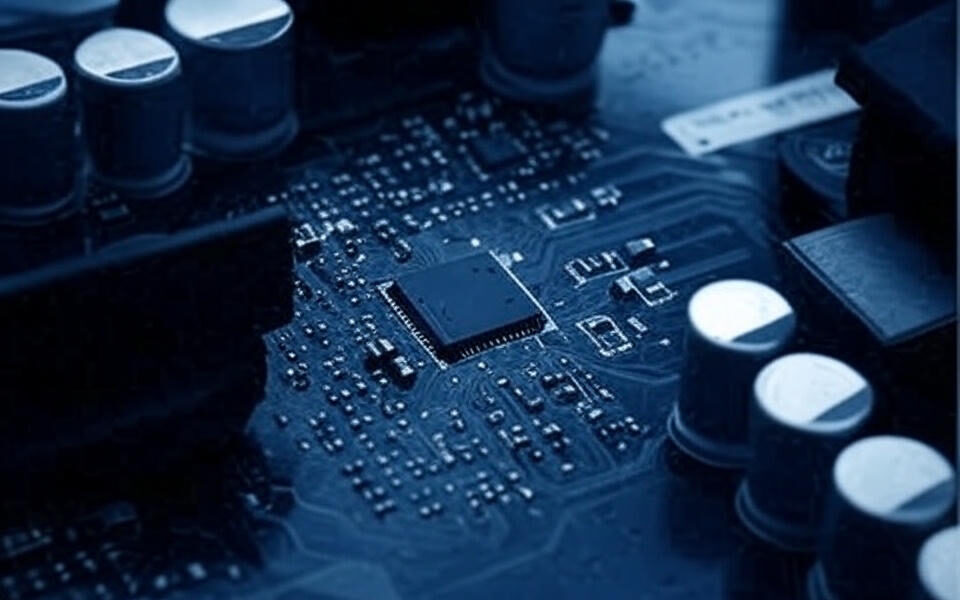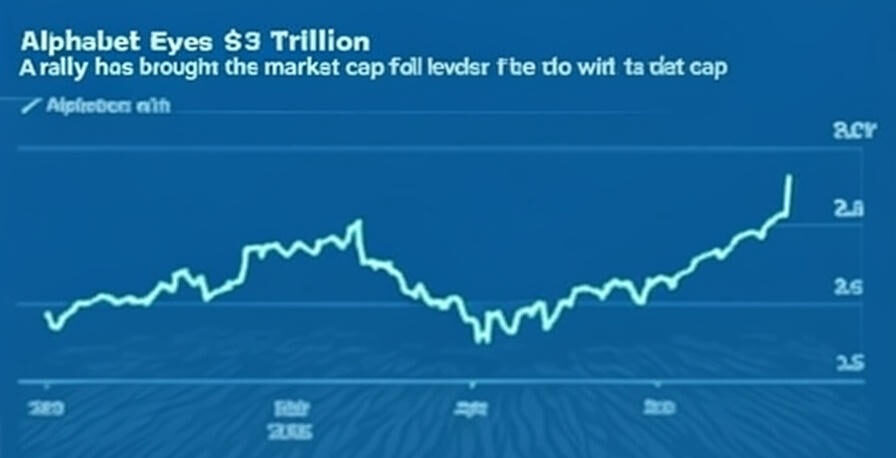
October 26, 2025 – Intel Corporation is making waves in the semiconductor industry as its stock price soared following a trio of strategic announcements: significant investments in foundry operations, aggressive cost-cutting measures, and the launch of a new AI-focused educational course. These moves signal a bold effort to reclaim Intel’s leadership in the AI hardware market and position the company as a hub for innovation and talent development.
A Strategic Pivot to Foundry Operations
Intel is intensifying its push to become a global leader in the semiconductor foundry market, challenging giants like TSMC and Samsung. The company unveiled a multi-billion-dollar investment plan to expand its foundry capabilities, focusing on advanced manufacturing nodes for AI chips. Upgrades are underway at facilities in Arizona, Oregon, and Ireland, with Intel’s cutting-edge 18A process technology set to debut in 2026.
This expansion aligns with Intel’s Integrated Device Manufacturing 2.0 (IDM 2.0) strategy, led by CEO Pat Gelsinger. By opening its factories to external clients, Intel aims to capture a slice of the $1 trillion semiconductor market by 2030. “Our foundry vision is about meeting the explosive demand for AI and high-performance computing,” Gelsinger said during a recent investor call. Reports of a potential partnership with a major hyperscaler have further fueled optimism, positioning Intel to diversify beyond its traditional PC and server chip businesses.
Aggressive Cost-Cutting Fuels Investor Confidence

To bolster profitability, Intel announced a $10 billion cost-reduction plan by 2026, including workforce reductions, divestitures, and streamlined operations. The company recently cut approximately 15% of its global workforce and plans to spin off its Altera FPGA division while pausing non-essential R&D. “These are tough but necessary steps to make Intel leaner and more competitive,” Gelsinger emphasized.
The market responded enthusiastically, with Intel’s stock jumping 12% in a single session on October 25, 2025. The surge reflects growing investor confidence in Intel’s ability to overcome past challenges, including manufacturing delays and market share losses to rivals like AMD and Nvidia.
New AI Course to Build Future Talent
In a forward-thinking move, Intel also launched a comprehensive AI education program aimed at upskilling engineers, developers, and students. The “Intel AI Academy” offers free online courses covering AI hardware design, machine learning frameworks, and optimization for Intel’s Gaudi3 accelerators and Xeon Scalable processors. The initiative, announced today, seeks to address the global shortage of AI talent and strengthen Intel’s ecosystem.
“AI is transforming industries, and we’re committed to empowering the next generation of innovators,” said Sandra Rivera, CEO of Intel’s Data Center and AI Group. The program includes hands-on labs, certifications, and partnerships with universities worldwide, with early enrollment figures showing strong interest from over 10,000 learners across 50 countries.
Competing in the AI Hardware Boom

Intel is positioning itself to capitalize on the $200 billion AI hardware market projected for 2030. Its Gaudi3 AI accelerator, designed to rival Nvidia’s GPUs, is gaining traction in data centers, while its Xeon processors are optimized for AI workloads. Intel’s open-source software ecosystem further supports developers building AI solutions.
Despite these advances, Intel faces stiff competition. Nvidia holds over 80% of the AI GPU market, and AMD’s data center chips are gaining ground. Geopolitical risks, including U.S.-China trade restrictions, could also impact Intel’s foundry ambitions. Still, partnerships with cloud giants like AWS and Google Cloud for custom chip designs bolster Intel’s AI strategy.
A Rebound in Sight?
Intel’s multifaceted approach—foundry expansion, cost discipline, and talent development—signals a potential turning point. Analysts remain cautiously optimistic. “Intel’s investments and AI focus are promising, but execution on the 18A node and foundry contracts will be critical,” said Patrick Moorhead of Moor Insights & Strategy. With a valuation nearing $150 billion, Intel is regaining its footing as a semiconductor powerhouse.
The AI Academy adds a unique dimension, fostering a skilled workforce to drive Intel’s ecosystem forward. As the company prepares for its Q3 2025 earnings report next week, investors and industry watchers will look for updates on foundry progress, AI product adoption, and early impacts of the education initiative.
Disclaimer: This article is based on reports and projections as of October 26, 2025. For real-time updates or deeper insights, visit Intel’s investor relations page or trusted financial news sources.







